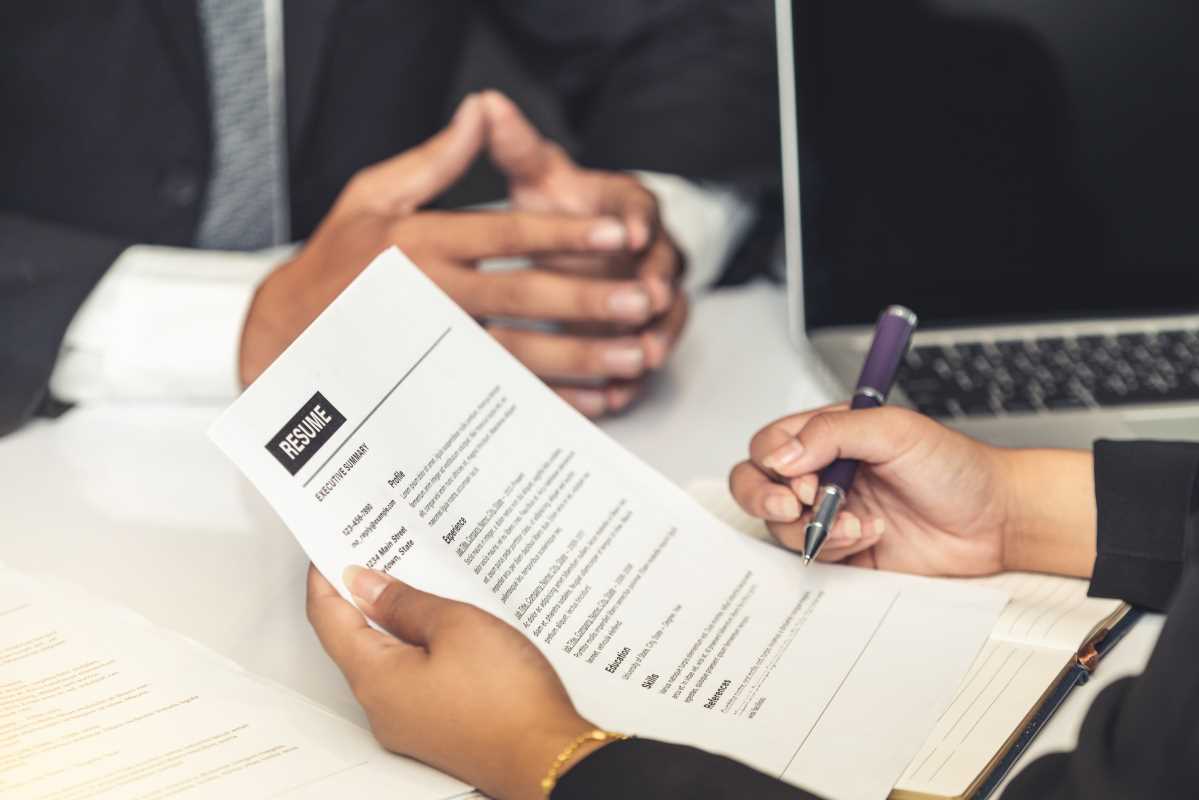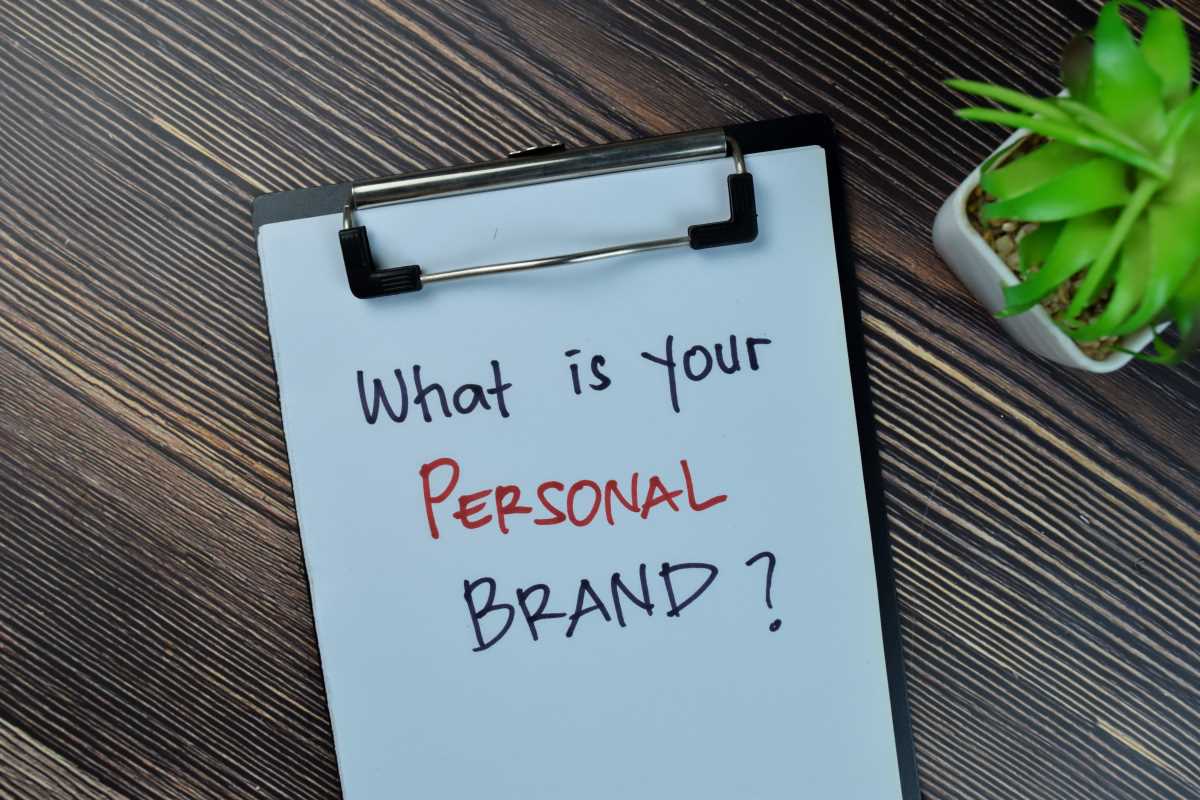They say you never get a second chance to make a first impression, and it’s true. Within the first few seconds of meeting someone, their brain has already started forming an opinion about you. What’s fascinating is that this initial judgment often has very little to do with what you say. Instead, it’s heavily influenced by your non-verbal cues—your body language. The way you stand, the expression on your face, and the gestures you use can speak volumes before you even utter a single word. Understanding the power of body language is like learning a secret code that can help you connect with others, project confidence, and ensure that the first impression you make is a great one, whether you're in a job interview, on a first date, or just meeting new people.
Stand Tall
Posture is the foundation of good body language. It’s the first thing people notice, and it instantly communicates your level of confidence and energy.
Imagine someone slouched over, with their shoulders hunched and their head down. What does that posture suggest? It often signals insecurity, low energy, or disinterest. Now, picture someone standing tall, with their shoulders back and their head held high. This posture immediately projects confidence, authority, and openness.
Practicing good posture is one of the simplest yet most effective changes you can make. Try the "string trick": imagine a string is attached to the top of your head, gently pulling you upward. This will naturally straighten your spine, pull your shoulders back, and lift your chin. It might feel a little strange at first if you're used to slouching, but over time, it will become a natural habit. Good posture not only makes you look more confident to others, but it can also make you feel more confident yourself. Research has shown that adopting a powerful posture can actually boost your mood and self-esteem.
The Eyes Are the Window
Eye contact is one of the most powerful tools for building connection and trust. Making appropriate eye contact shows that you are engaged, listening, and interested in the other person. On the other hand, avoiding eye contact can make you seem untrustworthy, shy, or dismissive.
However, there is a fine line between good eye contact and an intimidating stare. The goal is to be natural, not creepy. A good rule of thumb is the 50/70 rule: maintain eye contact for about 50% of the time while speaking and 70% of the time while listening. Instead of staring intently, let your gaze be soft. Look at the other person for four to five seconds at a time, then briefly glance away before re-engaging. This shows you're paying attention without making them uncomfortable. If looking directly into someone's eyes feels too intense, try looking at the spot between their eyebrows. They won't be able to tell the difference, but it might feel more comfortable for you.
Say It with a Smile
Your face is the most expressive part of your body. A genuine smile is a universal signal of friendliness and approachability. It can instantly put others at ease and make you seem more likable and trustworthy. When you smile at someone, you are sending a clear message that you are happy to see them and open to interaction.
Of course, the key is authenticity. A forced or fake smile can be spotted a mile away and can have the opposite effect, making you seem disingenuous. A real smile—often called a "Duchenne smile"—involves not just the mouth but also the muscles around the eyes, causing little crinkles at the corners. When you meet someone new, think of something that genuinely makes you happy. This will help you produce a natural smile that lights up your whole face and makes the other person feel welcome.
Beyond smiling, try to keep your facial expressions relaxed and open. Avoid frowning, scowling, or looking bored, as these expressions can create an instant barrier.
Talk with Your Hands
The way you use your hands and arms can either enhance or detract from your message. When used correctly, gestures can make you appear more dynamic, expressive, and passionate about what you're saying.
One of the most important things to remember is to keep your gestures open. Gestures made with open palms facing upward are generally perceived as welcoming and honest. Avoid crossing your arms, which is a classic defensive posture that can make you look closed-off, resistant, or uncomfortable. Instead, let your arms rest naturally at your sides or use them to emphasize your points.
Try to keep your gestures within the "strike zone"—the area between your shoulders and your hips. Gestures that are too big and wild can be distracting, while gestures that are too small can make you seem timid. Also, be mindful of fidgeting. Tapping your fingers, playing with your hair, or jiggling your leg are all signs of nervousness or boredom. Try to keep these movements in check to project a sense of calm and focus.
Lean In
Another subtle but powerful signal is your orientation and proximity to the other person. When you are interested in what someone is saying, you will naturally lean slightly toward them. This small movement shows that you are engaged and actively listening. Conversely, leaning back or turning away can signal disinterest or disagreement.
Respecting personal space is also crucial. Standing too close can make someone feel uncomfortable and invaded, while standing too far away can create a sense of emotional distance. The appropriate distance varies between cultures, but in most Western societies, a distance of about two to three feet is comfortable for a casual conversation.
 (Image via
(Image via





